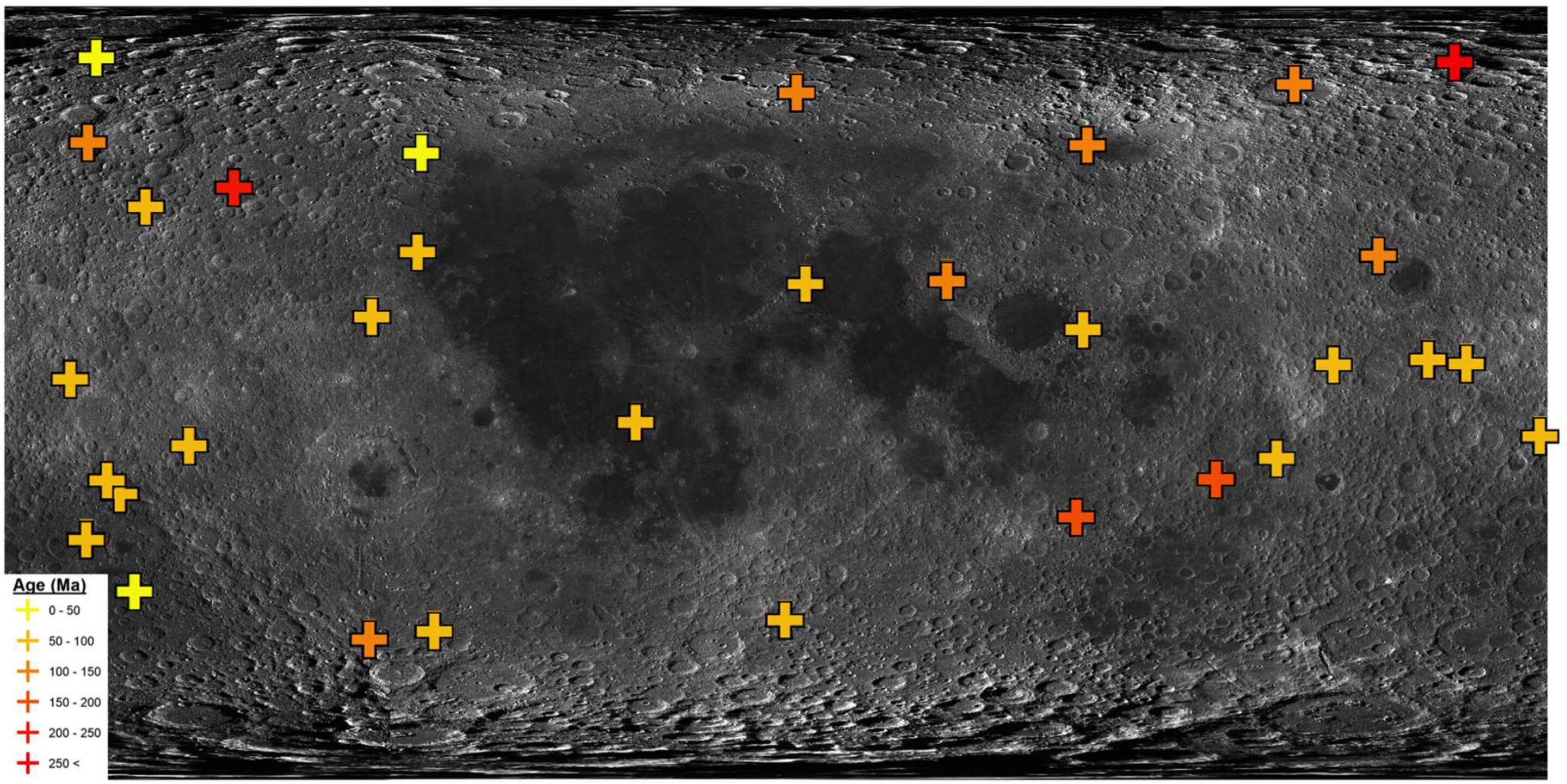
The moon’s steadfast illumination of our night sky has been a source of wonder and inspiration for millennia. Since the first satellite images of its surface were taken in the 1960s, our understanding of Earth’s companion through time has developed immeasurably. A complex interplay of cosmic interactions and planetary systems, the moon’s surface displays a plethora of landforms evidencing its history.
One such feature is lunar lobate scarps, long (<10 km) curvilinear landforms resulting from thrust fault movement, where older rocks are pushed above younger units leading to crustal shorten...
Read More





Recent Comments